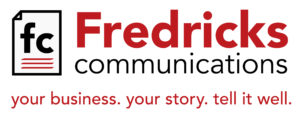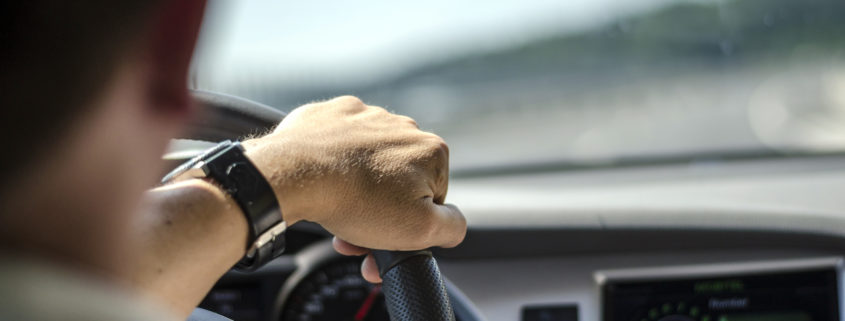Copywriting: Remember the Passenger
Copywriting is Like Driving
At the most basic level, the goal of both copywriting and driving is to get people from one place to another.
- A to B
- Clueless to aware
- Uneducated to informed
- Disbelief to acceptance
- Wet behind the ears to experienced
- Making do or using your client’s product or service
How well you perform along the way ultimately depends on what your passengers – target market readers – take away and how they assess the experience.
The Open Road
My father taught me about placing the passenger at the center of the experience when I was 14 years old and had my learner’s permit. He kept his patience, somehow, as I slammed us through hundreds of jerky starts and chin-to-dashboard late stops.
“The safety of your passengers is your responsibility,” he said, “and one way you’ll know you’re doing a good job is if they’re comfortable on the ride.”
He told me to begin slowing for stops early so the other people in the car would never be pressed into their safety belts. Don’t slam their backs into their seats; ease into accelerations so they don’t notice. Make easy turns instead of sharp jags.
“If you’re doing it right, they’ll forget they’re in a vehicle at all,” he said.
Easy Riders
Copywriting and driving are both journeys.
The product of a good writer is so smooth that readers have no clue as to the challenge it was to make the narrative seem so.
The best writers paint word scenes so vivid that readers see the pictures on their minds’ movie screens, or even imagine they’re in the scenes themselves. I’m thinking now of some of my favorite authors, masters like John Steinbeck and E. Annie Proulx. Reading their novels, I forget I’m reading at all.
Advertising and marketing copywriters don’t have the luxury of pages upon pages to paint the vision, but we can strive for similar effect in shorter form. Usually it’s about getting readers to imagine themselves working with your client’s company, using their products or taking advantage of their services.
Along the way, we not only take their physical comfort into account, but their emotional ease, as well. We’ll use words and phrases that arouse something in them, directly point out the benefits of what we’re suggesting, give them unspoken (unwritten) permission to take the next step in the buying process.
It’s like turning up the heat in a chilly car, tuning the radio to the type of music our passengers like, inviting them to sit right up front where the action is or take it all in more passively from the backseat (a.k.a. addressing pain points, leveraging motivators and highlighting differentiators).
Easy, Not Dull
At the same time, copywriting can, and often should, be more disruptive than a smooth Sunday drive through the countryside.
From time to time the writer can purposely give passengers a jerky start or a stop-short, face-flat-to-the-windshield revelation. A screeching burst of rapid-fire clauses. A pause that affords a glance in the rearview. A sharp swerve that screws their hairdos straight up into the roof upholstery.
In other words, sometimes a copywriter’s fun can be the readers’ fun, too.
There Already
Take your passengers on an easy ride. Keep them interested and wanting to travel farther down the road, deeper into the brand story. Give them an abrupt halt when it’ll help them see things more clearly.
Remember, target market members’ comfort is the copywriter’s responsibility. Be an exceptional chauffeur, and when the experience comes to an end your passengers will ask, “Oh, are we there already?” Sure are.







